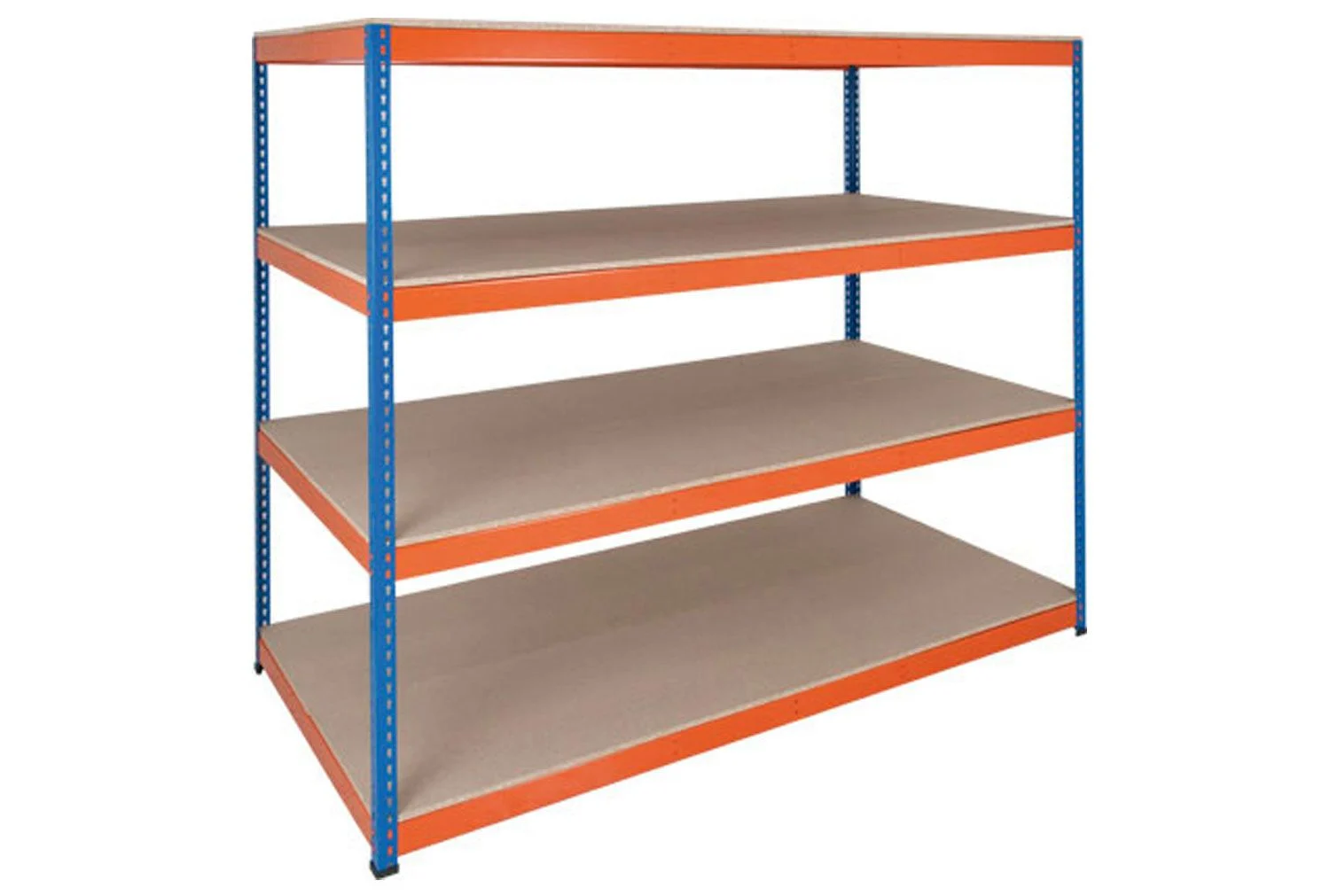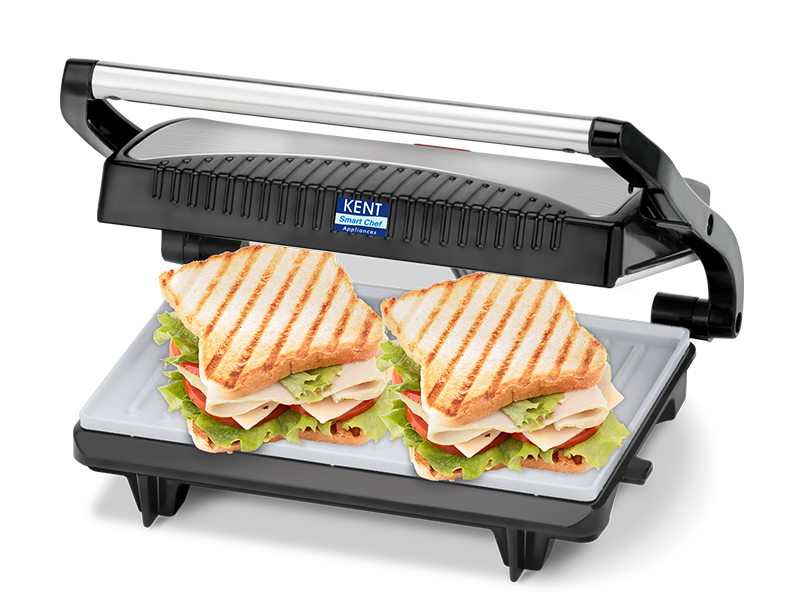In the world of logistics, Warehouse Storage Racks, and inventory management, maximizing space and ensuring easy access to stored goods is essential. One of the most effective solutions for achieving this goal is through the use of warehouse storage racks. These systems provide a structured and efficient way to store goods, streamline operations, and improve overall productivity in warehouses of all sizes. Among the various storage options available, shelving and racking systems stand out as the foundation of an organized, functional warehouse.
What Are Warehouse Storage Racks?
Warehouse storage racks are structures designed to store, organize, and optimize the use of available space in a warehouse. They consist of horizontal beams supported by vertical posts, which create a stable platform for holding goods, products, or materials. These racks are available in a variety of sizes, designs, and materials to suit different types of storage needs.
The design of these systems ensures that goods are stored safely and can be accessed quickly when needed, increasing operational efficiency and reducing the risk of damage to inventory. Racking and shelving systems are typically modular, meaning they can be customized and expanded as the warehouse grows.
Types of Warehouse Storage Racks
When it comes to shelving and racking systems, warehouses can choose from several types of racks, each designed for different purposes. The most common types of warehouse storage racks include:
1. Selective Racking
Selective racking is the most common form of warehouse storage. It allows direct access to each pallet or item stored on the racks, making it ideal for warehouses that handle a wide variety of goods and need quick access to individual items. The racks are usually designed with adjustable shelves to accommodate various load sizes. This type of racking is particularly popular for warehouses with low to medium-density storage needs.
2. Drive-In and Drive-Through Racking
For warehouses with high-density storage needs, drive-in and drive-through racking systems are often employed. These racks allow forklifts to drive directly into the storage lanes to place or retrieve pallets. The main difference between the two is that in drive-in racking, the forklift enters from one side, while in drive-through racking, it can enter from both sides. These systems maximize space by reducing aisle width and increasing storage capacity.
3. Push-Back Racking
Push-back racking is a high-density storage solution that allows for the storage of multiple pallets in each lane. As a forklift places a pallet into the system, the previous pallet is pushed backward to make room. This system operates on a first-in, last-out basis, meaning that the first pallets to be stored are the last ones to be removed. Push-back racking is ideal for warehouses that handle products with similar characteristics or limited variety.
4. Cantilever Racking
Cantilever racking is perfect for storing long, bulky, or irregularly shaped items such as pipes, lumber, or furniture. The racks consist of long arms that extend from a vertical structure, allowing for easy loading and unloading of these items. Cantilever racks can be adjusted to different heights to accommodate different sizes of materials, providing flexibility in storage.
5. Mezzanine Racking
Mezzanine racking is a multi-level storage system that involves creating additional floors within a warehouse. These racks are often installed on top of existing shelving and racking systems to create more storage space without expanding the warehouse footprint. Mezzanine systems are ideal for warehouses looking to optimize vertical space and can also be used to house office areas or additional workspaces within the warehouse.
6. Mobile Racking Systems
Mobile racking is an innovative solution that uses motorized or manual mechanisms to move racking units along a track, allowing for more compact storage in a warehouse. These systems can help to maximize space and reduce aisle requirements, making them ideal for warehouses with limited square footage. Mobile racking is commonly used in industries with high-density storage requirements, such as archives or cold storage.
Benefits of Warehouse Storage Racks
Implementing proper shelving and racking systems in a warehouse can provide several advantages, ranging from space optimization to improved operational efficiency.
1. Space Optimization
The primary advantage of warehouse storage racks is their ability to maximize the use of available space. Vertical racking systems allow warehouses to store goods up to the ceiling, effectively utilizing every inch of available height. This can result in a significant increase in storage capacity, particularly in warehouses with limited floor space.
2. Improved Organization
By organizing inventory into clearly defined areas, shelving and racking systems make it easier for warehouse staff to locate and access goods. Racks can be tailored to store items by size, shape, or frequency of use, reducing the time spent searching for products. This organization enhances operational flow and productivity.
3. Increased Efficiency
With proper racking systems, forklifts and other warehouse equipment can move more efficiently within the space. The use of standardized shelving and racking structures streamlines the storage process, allowing for faster loading and unloading times. This translates into higher throughput and quicker turnaround times.
4. Safety
Storage racks provide a secure environment for goods by reducing the risk of accidents. The racks are built to support heavy loads, ensuring that products are stored safely without the risk of tipping over. In addition, racks with safety features, such as guardrails and reinforced beams, help to protect both inventory and workers.
5. Adaptability and Flexibility
Warehouse racking systems are highly adaptable and can be reconfigured to meet changing storage needs. As your business grows or changes, you can adjust the racking system to accommodate new inventory types or different storage configurations. This flexibility allows warehouses to scale their storage solutions as needed, without the need for a complete overhaul.
Choosing the Right Racking System for Your Warehouse
Selecting the right shelving and racking system depends on various factors, including the type of products being stored, available space, and operational requirements. When choosing a warehouse storage solution, consider the following:
- Product Size and Weight: Choose a racking system that can support the size and weight of your inventory. For heavier items, consider heavy-duty racking systems like selective or drive-in racks.
- Storage Density: If your warehouse has limited space, opt for high-density storage systems like push-back or mobile racking to maximize available space.
- Access Needs: Depending on how frequently products need to be accessed, consider systems that allow for easy retrieval, such as selective racking, or those designed for bulk storage, like drive-in racking.
Conclusion
Warehouse storage racks, along with effective shelving and racking solutions, are crucial for organizing and optimizing warehouse space. By carefully selecting the appropriate racking system based on your operational needs, you can maximize storage capacity, improve efficiency, and enhance safety. Whether you are storing small parts or large, bulky items, there is a racking system designed to meet your specific requirements. Investing in the right warehouse storage racks ensures that your warehouse runs smoothly, reducing costs and increasing overall productivity.












Leave a Reply